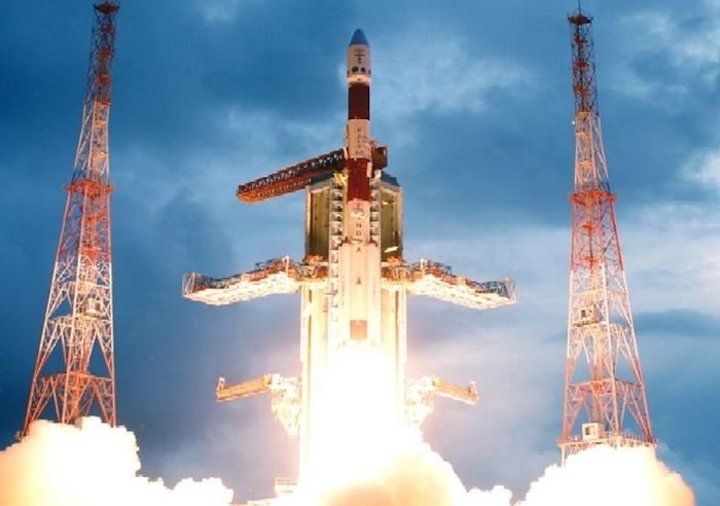7.09.2018

The two national space agencies, CNES and ISRO, are creating a French-Indian working group on human spaceflight.
Jean-Yves Le Gall, president of France's CNES space agency, and ISRO Chairman K. Sivan have announced the creation of a French-Indian working group on human spaceflight,thus following up on commitments made by President Emmanuel Macron after his State visit to India earlier this year.
CNES and ISRO will be combining their expertise in the fields of space medicine, astronaut health monitoring, life support, radiation protection, space debris protection and personal hygiene systems. Engineering teams have already begun discussions and it is envisioned that existing French infrastructures, such as the CADMOS centre for the development of microgravity applications and space operations or the MEDES space clinic, will be used for training of future Indian astronauts, as well as exchanges of specialist personnel.
The Franco-Indian initiative — unveiled at the biennial Bengaluru Space Expo, the biggest space show in Asia — follows the recent announcement by the Indian Prime Minister that an astronaut will be launched from Indian soil no later than 2022.
The CNES stand at the Bengaluru show highlighted French-Indian space cooperation in several fields: climate monitoring, with a fleet of joint satellites devoted to research and operational applications; innovation, through a joint technical group tasked with inventing the launch vehicles of tomorrow and NewSpace partnerships in India; as well as deep-space exploration with work underway on France’s contribution to future Indian missions to Mars, Venus and asteroids.
The joint Oceansat3-Argos mission, scheduled to launch next year, and the French-Indian Trishna thermal infrared imaging satellite are being readied, and a study to develop a joint constellation of satellites for maritime domain awareness is also underway.
Quelle: Air&Cosmos

